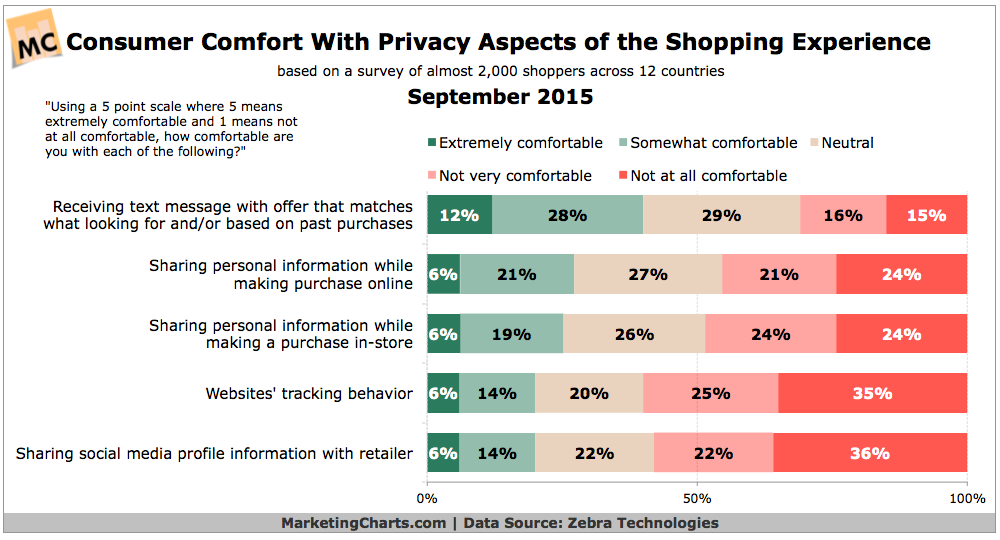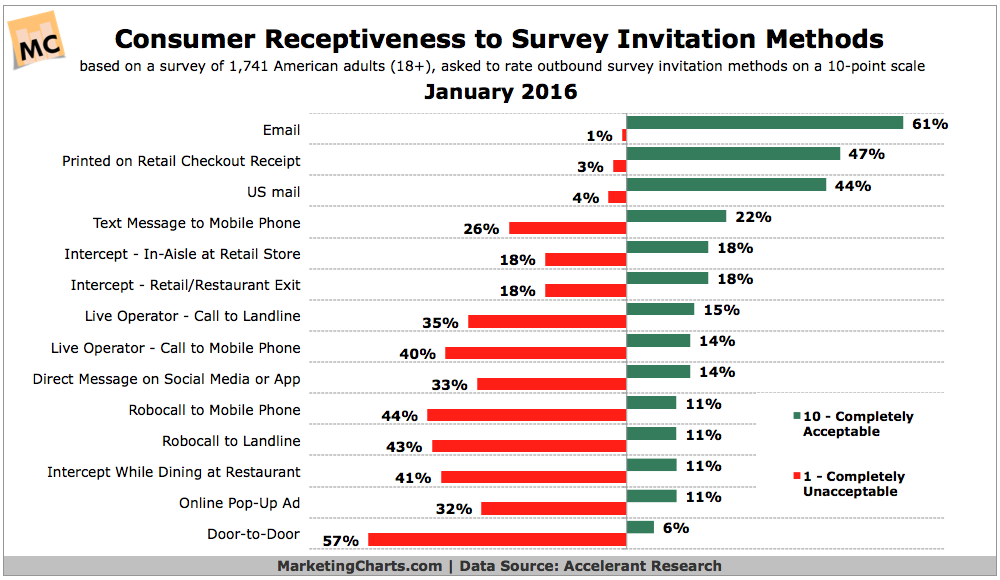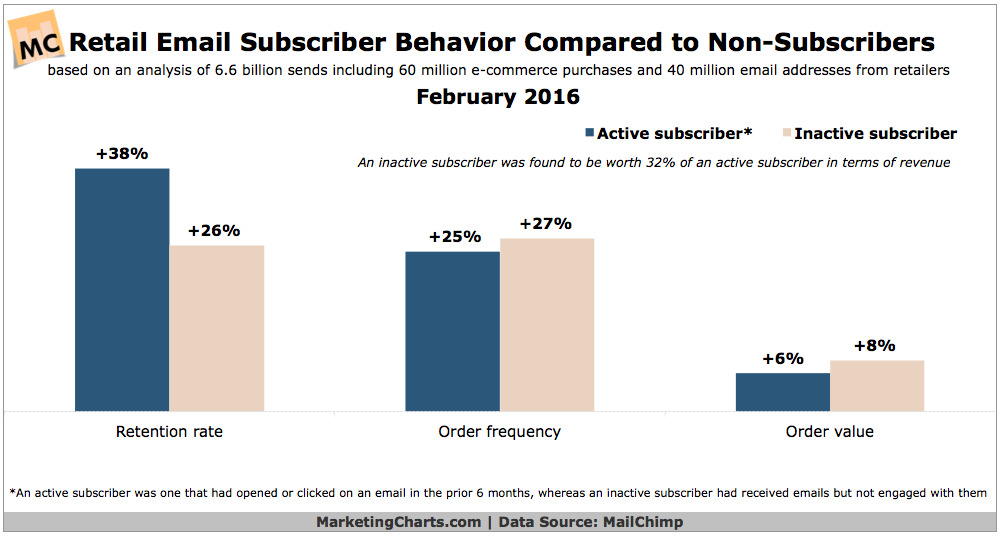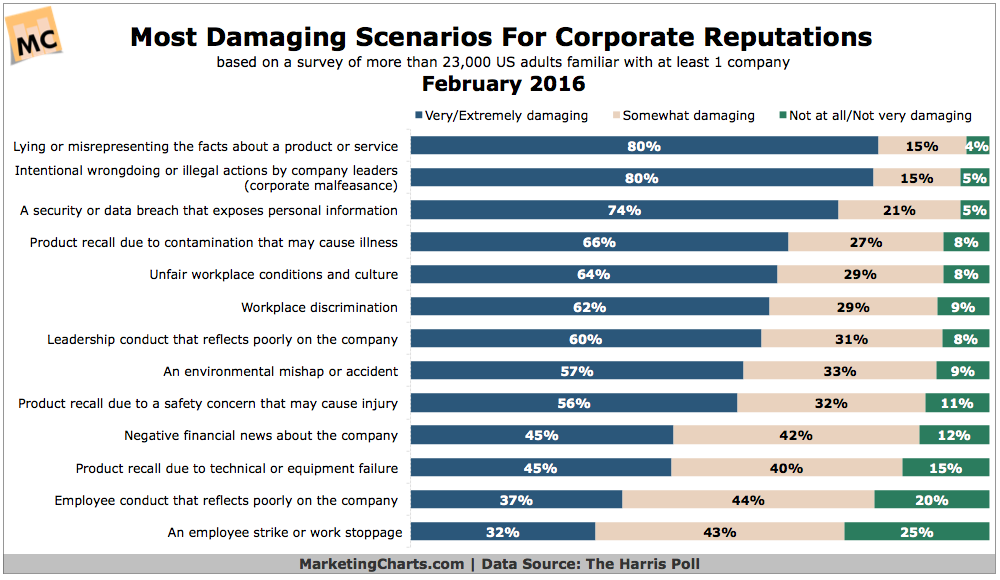Each week, we publish a mishmash of ecommerce related, insight infused articles for you to smash through. Just as we collect business information across all of a merchant’s channels in a single place, we’re doing the same for ecommerce related content from a variety of top tier content creators. If you find the material filling your appetite for knowledge, feel free to share this post, as well as any article you see here.
Once again, Marketing Charts has mapped out a variety of charts illustrating studies from a variety of researchers, including Adobe, Accelerant, and MailChimp. Each tackles a merchant-related-topic, like the importance of inactive email subscribers, destructors of reputation between customer and company, and areas where mobile channels excell.
Charting Out Mobile’s Strongest Touchpoints
According to mobile phone research by Aobe Digital Index, mobile accounted for 42.9% of all visits from phones based on a last-touch basis. That’s an improvement from 24.4% in 2013. Interestingly, the research was done in late September of 2015, just 2 months before the holiday-online-selling-extravaganza that blasted the records in terms of mobile traffic and sales. Email, on the other hand, made up a little more than 10% of mobile phone visits, but was far more powerful at converting.
Dealing with Personal Data
Data is everything these days, informing the very strategies e-retailers implement. But getting that data – especially insightful personal data related to consumers – can be a hurdle. Zebra Technologies researched consumers’ comfort with privacy, and found that customers are pretty hesistant to provide personal information to businesses… unless there’s something in it for them. Give the article a read as well – it highlights a few studies on consumers’ willingness to give up information, and whether it stems from a trade-off or trust.
The Survey Results Are in on Surveys
Speaking of getting consumer information, Accelerant Research researched (imagine that) American adults’ sentiments towards survey invitation, judging them by willingness to respond. In a majority of mediums, respondents had a negative reaction, especially if it involved direct, un-invited contact. Email was by and large the vastly preferred form of conducting surveys, with in-person, door-to-door visits the most unwelcome.
Inactive Is Better Than Nothing
Whether it’s surveys or deals, email is a preferable channel for many merchants and consumers, even if the latter are inactive. A recent report by MailChimp analyzing over six billion sent emails revealed that inactive subscribers, although void of engagement, significantly outperformed non-subscribers (purchasing customers that weren’t signed up for emails) in many respects, and accounted for about little more than a third of the value that active subscribers have in terms of revenue. Again, also take a look at the article by Marketing Charts for some additional statistics on the state of email in general.
All About That Rep
Harris Poll’s latest Reputation Quotient brings light to situations that damage a business’ reputation the most in customers’ eyes. In it, researchers found a variety of significant reasons related to the product, leadership, and security – many of which were considered to be extremely damaging. The data also ranks the 100 top performing companies.
Image: Joe The Goat Farmer, Flickr








